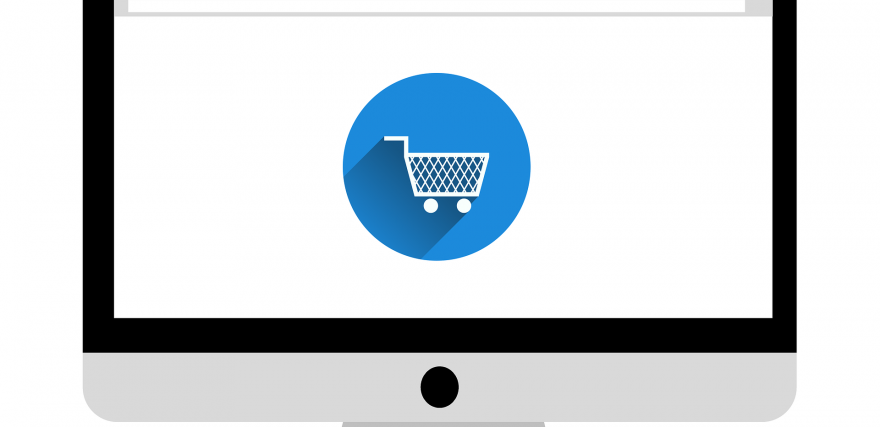Online shopping is practically a given in today’s digital world, but food retail is one category that still has some distance to go when it comes to reaching its online potential. Consumers today engage with food in the digital realm, and retailers and CPG manufacturers haven’t yet reached a point at which they are truly capitalizing on this engagement. But grocery has come to a turning point, and online food shopping will penetrate the category at a rapid clip, from the center store outward, according to a report from the Food Marketing Institute and Nielsen.
The report, part of a multi-year research effort that will follow the digital transformation of food retail, found that not only are consumers already engaged with food on digital channels, but that in order to truly adapt to digital, retailers must first understand those engaged consumers and then map out organizational change that will allow them to engage as well.
Catching up with the digital food shopper
Today’s consumers are always connected. In 2014, shoppers spent 59 minutes per day on their mobile devices, the report found. By 2016, that number more than doubled to two hours and 15 minutes. And what’s more, today’s digital consumers value the ability to be connected via mobile pretty much anywhere at anytime. Almost two-thirds of shoppers feel that mobile devices improve their lives, according to the report.
And regardless of retailers’ digital status, consumers are engaging with food and food retail digitally. Just under 60% of food shoppers turn to their mobile devices for deals and coupons, and more than half of shoppers use retailers’ apps when grocery shopping, the report found. More than half of consumers engage with snacks online, with that number expected to increase to about 70% in the next decade.
Understanding today’s digital consumers
Nearly a quarter of households in the US shop for food online, according to the report, with 28% of millennials food shopping online, and those numbers are only expected to increase. FMI and Nielsen found that before retailers and CPG brands can truly integrate online shopping into their business models, they first must fully understand consumers who shop online.
The report revealed that online shoppers are focused and efficient, buying items from half the amount of departments and keeping open minds when it comes to checking out new products compared with in-store shoppers. Young, new and engaged online shoppers are driving the digital transformation of food shopping due to their tendency to adopt new technologies quickly, and this group finds technologies related to food and grocery more appealing than the general population by up to 40%, the report revealed. For example, about a third of total shoppers are interested in geo-location apps and ordering buttons, compared with a little less than half of millennial shoppers and about two thirds of new online shoppers, the report found.
One of the most profound findings of the report is that many retailers classify online shoppers in the same group as the shoppers that visit their stores, which is a mistake. Instead, retailers should separate their shoppers into in-store and online segments.
One way online and in-store shoppers are similar, however, is both groups want tailored assortments and relevant products, according to the report. Regardless of channel, retailers should work to provide shoppers with transparency when it comes to products’ nutrition and prices, among other categories.
Changing at the organization level to engage digital shoppers
Although many, if not most, retailers and manufacturers are experimenting with digital on some level, there is no set path to integrating digital technologies into the food business model, the report found. Current areas of experimentation in food retail include product discovery, shopping support apps, automated replenishment and mobile stores, FMI and Nielsen found, but retailers are still struggling to carve out a defined path to sustainable profitability in the digital space
“One of the main challenges to the development of digitally enabled grocery retail has appeared in retailers and manufacturers’ attempts to identify a profitable fulfillment model that meets shopper needs regardless of where they buy,” the report said.
Different retailers must find their own formulas for digital success, according to the report, whether that means investing in click-and-collect programs, building out proprietary fleets of delivery vehicles or using retail stockrooms as e-commerce distribution centers. These technologies must be integrated across organizations, from supply chain and merchandising, to marketing an in-store shopping. And retailers and brands must reach the point where their digital strategies are finalized and can be implemented, which is easier said than done.
“This remains the single largest gap in capabilities that we observed throughout our research efforts,” the report said.
As grocery moves further into the digital realm, center store will begin to change, the report found, with food retailers redesigning the space to be more of an extension of the perimeter or turning center stores into in-store shops or fulfillment areas.Today’s industry will go from its current 20% penetration to saturation within a decade, FMI and Nielsen reported, with the pair analyzing the journey over the next few years.

